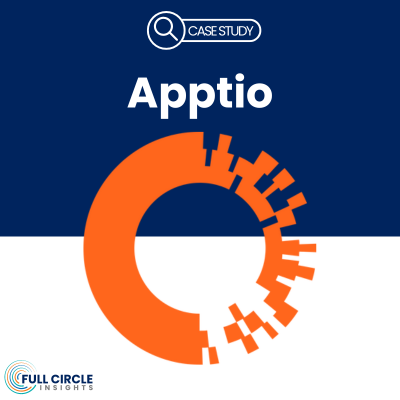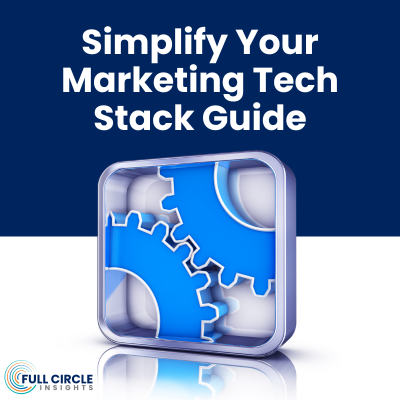During the year and half-plus we’ve been living with the pandemic, the word “unprecedented” has been used with a frequency that is, well, unprecedented. It’s a good descriptor for an experience that is outside our historical frame of reference, a circumstance that has upended daily life and caused so many business disruptions.
In 2020, as B2B marketers replanned their budgets to focus on digital outreach instead of the in-person events that generated leads in the Before Times, some wondered if it made sense to consult historical data given the unusual conditions. Ideal Customer Profiles have changed. Sales cycles have been disrupted. Does historical data have any predictive value now?
Here’s Why Marketing Attribution History Still Matters
There are at least two reasons why history still matters, and the first focus on the future, specifically, the future success of your marketing outreach. A high-functioning marketing team needs to engage in experimentation to keep their campaigns and messaging fresh. An 80/20 mix is about right, with 80% of campaigns featuring proven approaches and 20% experimenting with new messages, graphics, channels, etc.
Because customer needs, marketplace factors, industry trends, etc., are constantly evolving, you’ve got to roll out experimental campaigns to reach new customers and optimize your channel mix and budget. You’ll need to measure performance carefully, using marketing attribution models to identify what works and what doesn’t so you can invest more in the campaigns that drive leads and revenue.
That’s where historical data comes in — you’ll need a baseline as context to measure performance. For example, evaluating historical demand generation campaign data can help you analyze how digital and non-digital outreach influence sales. Historical marketing attribution data that allows you to examine digital and non-digital campaign performance inside the CRM will be especially helpful as you begin to resume in-person events.
Historical Funnel Metrics Data Helps Drive Efficiency
Historical funnel metrics can also provide incredibly valuable context. When you have access to historical data on conversion rates — the industry average of marketing qualified leads (MQLs) to won rate, for example — you’ll get a baseline that allows you to rate the performance of current campaigns and make more efficient investment decisions.
Velocity metrics are also critical in improving efficiency. Funnel metrics that tell you how fast leads are progressing at each stage of the marketing and sales funnel can help you identify trouble spots, like bottlenecks at the marketing-to-sales handoff. That way, you can work with sales colleagues and make process improvements to improve funnel stage progression speed.
Refined funnel metrics can allow marketers to drill down to examine performance in moving leads through funnel stages in a number of ways, including content, campaign mix, and processes. The point is, you’ll need a high-level view plus details to get a comprehensive picture of what’s happening with your campaigns, with historical data serving as the baseline.
Ideally, in this scenario, B2B marketing, and sales teams work together, meeting regularly to examine current data in the context of historical trends. This collaboration is the key to eliminating mistakes and driving greater efficiency and revenue growth. And historical data plays a key role, even in unprecedented times.




